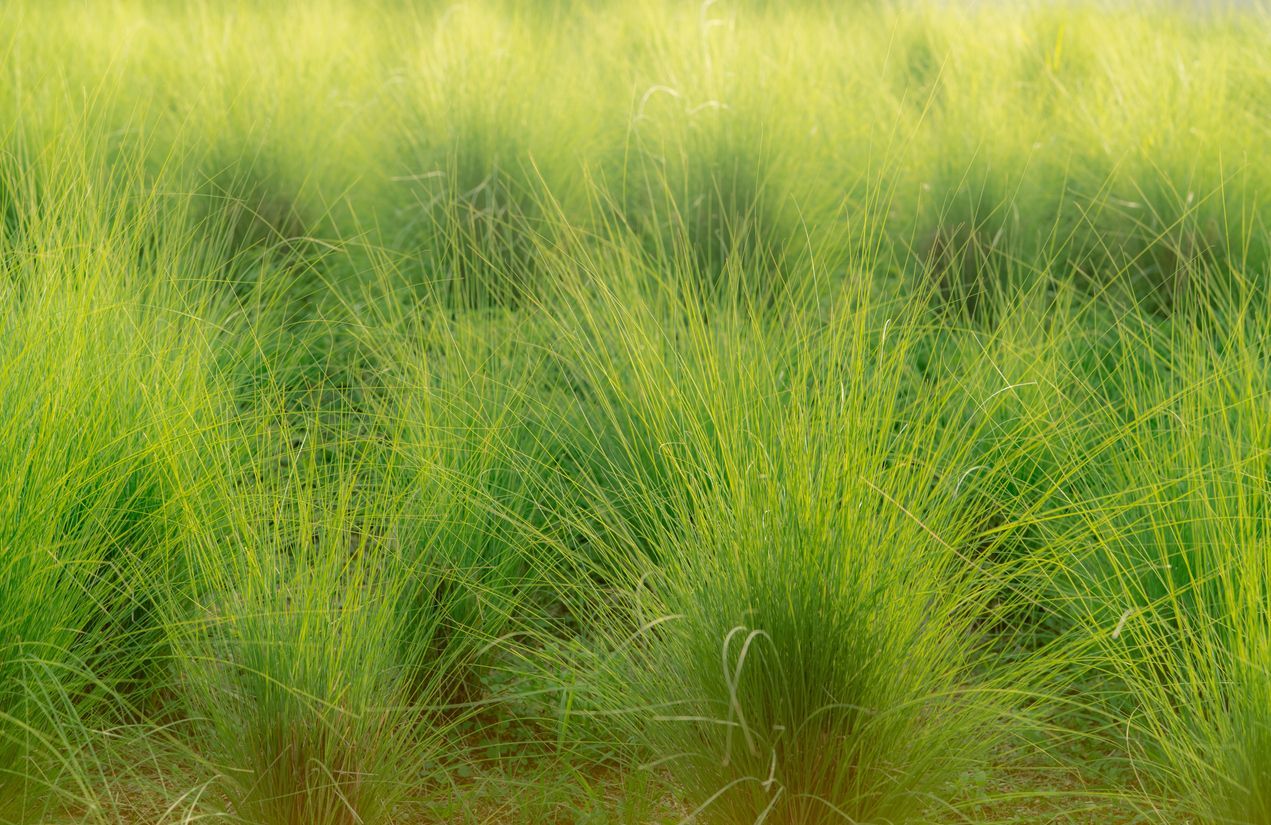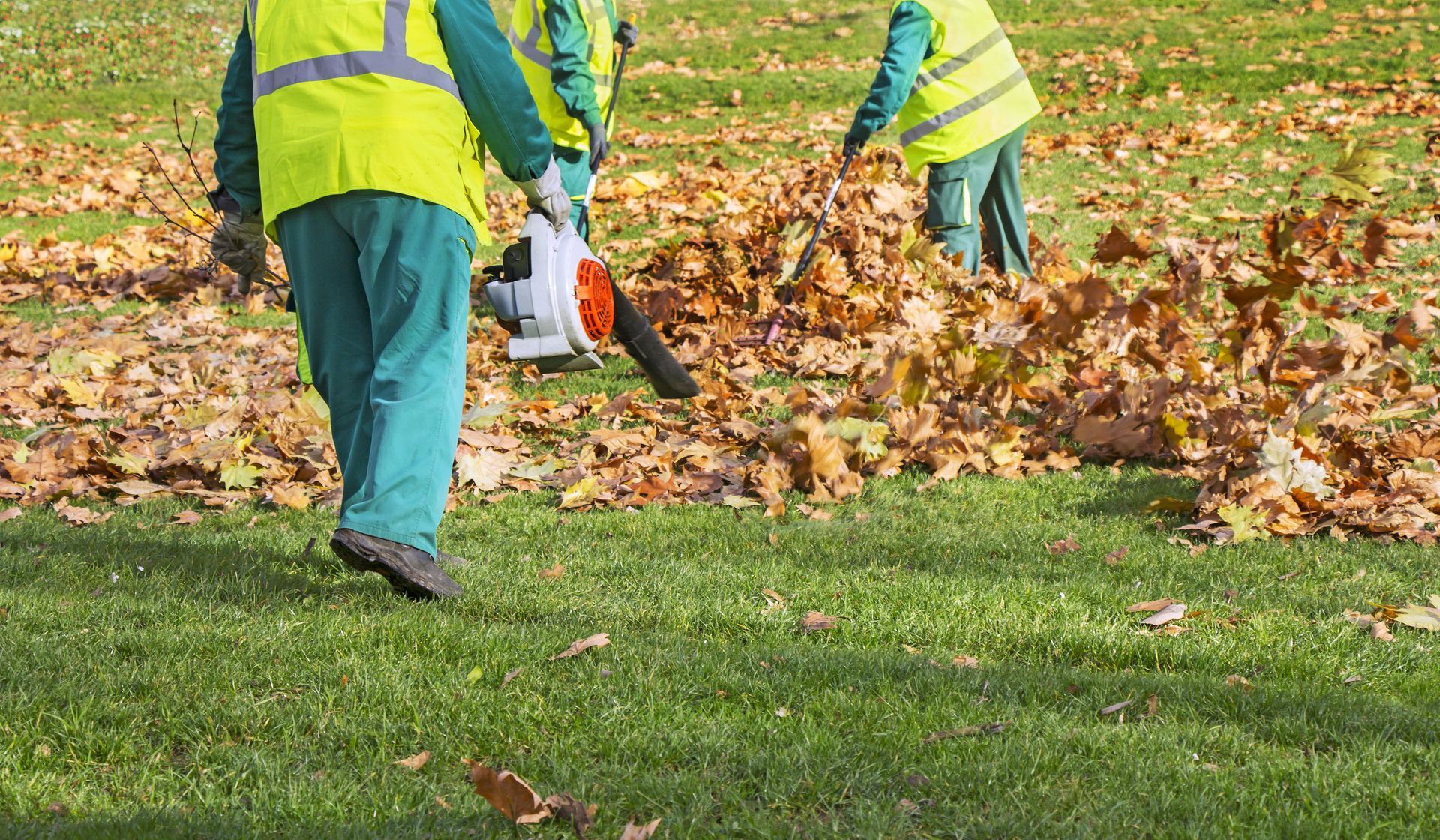Moles - Its Not All About Grubs
Mole Problems? Here’s What You Need to Know (It’s Not Just About Grubs!)
If you’ve ever walked across your lawn and noticed soft, spongy tunnels running beneath your feet or random mounds of soil appearing out of nowhere, chances are you have moles. These little burrowing mammals can cause quite a headache for homeowners trying to maintain a beautiful lawn.
A common myth that often circulates is that moles only invade yards that have a grub infestation. While grubs are a food source for moles, they are far from the only reason moles take up residence in your lawn. If you’re dealing with mole problems, it’s important to understand what’s attracting them and how to manage the issue effectively.
What Do Moles Really Eat?
Moles are insectivores, meaning their primary diet consists of insects, worms, and other invertebrates found in the soil. While grubs (larvae of beetles) are part of their diet, they are not the sole reason moles dig through your yard. Their primary food source is actually earthworms, which make up the majority of their diet. Moles will also eat:
- Ants and their larvae
- Termites
- Centipedes
- Spiders
- Snails
- Small soil-dwelling critters
So, if you have moles in your yard, it doesn’t necessarily mean you have a grub infestation. It simply means your soil is rich in food sources like earthworms, which is a sign of healthy soil!
How to Tell If You Have a Mole Problem
Moles create visible signs of their presence through their tunneling activity. Here are the main indicators:
- Surface Tunnels: Raised ridges that look like veins running through your lawn are a clear sign of moles tunneling just below the surface.
- Molehills: Small piles of dirt (often mistaken for gopher mounds) appear where moles push excess soil to the surface.
- Soft or Sinking Ground: If certain areas of your yard feel spongy when you walk on them, it could be due to tunnels created by moles.
How to Get Rid of Moles Effectively
Since moles are attracted to food sources in the soil, getting rid of grubs alone won’t necessarily eliminate them. Here are some proven methods to manage mole problems:
1. Trapping (Most Effective Method)
Trapping is the most reliable way to remove moles from your yard. There are several types of mole traps available, such as:
- Scissor Traps
- Harpoon Traps
- Tunnel Traps
These traps should be placed in active tunnels and checked regularly. If you're unsure how to do it yourself, hiring a professional pest control service may be the best option.
2. Castor Oil Repellents
Moles dislike the smell and taste of castor oil. Applying a castor oil-based repellent can help drive them away by irritating their digestive system. These repellents won’t harm moles, but they make the soil less desirable for them.
3. Encourage Natural Predators
Owls, hawks, foxes, and even some domestic pets can help keep mole populations in check. Installing an owl box in your yard can attract these natural predators.
4. Reduce Their Food Sources
Even though moles eat a variety of insects, limiting the number of soil-dwelling pests can make your yard less appealing. You can use beneficial nematodes or milky spore disease to target grubs if you suspect an infestation, but remember, eliminating grubs alone will not get rid of moles if they have plenty of earthworms and other insects to eat.
5. Vibrating or Ultrasonic Devices
Some homeowners have had success using vibrating stakes or ultrasonic mole deterrents. These devices create vibrations or sounds that moles find irritating, encouraging them to leave the area. However, results can vary depending on soil type and mole behavior.
6. Lawn Care Practices to Discourage Moles
Keeping your lawn well-maintained can also help reduce mole activity. Some helpful practices include:
- Avoiding overwatering (wet soil attracts more worms and insects, which in turn attract moles).
- Regularly mowing your grass and reducing thick thatch layers.
- Keeping your yard free of excess debris where moles can hide.
Final Thoughts
Moles can be a nuisance, but understanding their behavior is key to effectively dealing with them. Remember, having moles does not automatically mean you have a grub problem. They are more likely in your yard because of a high earthworm population and other soil-dwelling insects. The best way to control them is through trapping, repellents, and modifying your lawn care practices to make your yard less attractive to these underground visitors.
If you're dealing with mole damage and need help restoring your lawn, Jarmon Lawn Care can help!
Contact us today to learn more about keeping your lawn healthy, beautiful, and mole-free.







Business Hours
- Mon - Fri
- -
- Saturday
- -
- Sunday
- Closed
All Rights Reserved | Jarmon Lawn Care | Powered by Flypaper | Privacy Policy


